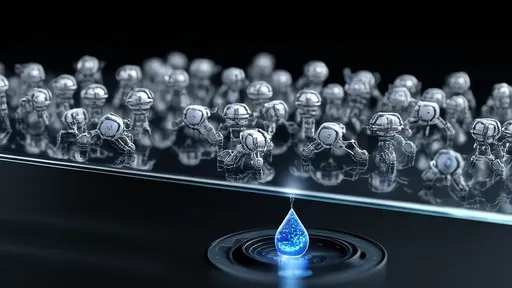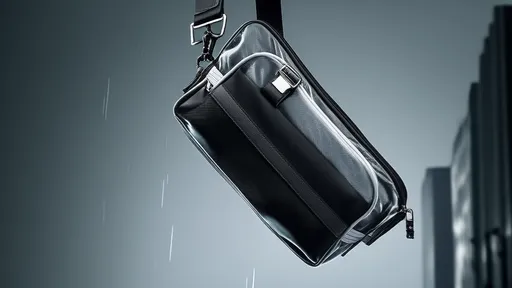The vast, arid expanses of deserts have long been considered inhospitable, primarily due to the scarcity of water. However, recent advancements in atmospheric water harvesting technology are challenging this notion. A groundbreaking innovation—the Desert Condensation Drinking Water System—promises to transform barren landscapes into potential sources of potable water. This system, which extracts moisture directly from the air, could revolutionize survival in some of the world’s driest regions.
Atmospheric water generators (AWGs) are not entirely new, but their application in extreme environments like deserts has been limited by technological and energy constraints. The latest iteration of these systems, however, leverages cutting-edge materials and energy-efficient designs to maximize water yield even in low-humidity conditions. By utilizing advanced hygroscopic compounds and solar-powered condensation mechanisms, the Desert Condensation Drinking Water System can produce liters of clean water daily, offering a lifeline to communities and travelers in arid zones.
The science behind this innovation is as fascinating as its potential impact. Air, even in deserts, contains trace amounts of water vapor. Traditional methods of water extraction, such as wells or desalination, are often impractical in remote desert areas. The new system circumvents these challenges by employing a multi-stage process: first, specialized materials absorb ambient moisture; then, solar energy is used to heat these materials, releasing the trapped water vapor; finally, the vapor is condensed into liquid form and filtered for impurities. The result is water that meets or exceeds drinking safety standards.
One of the most compelling aspects of this technology is its sustainability. Unlike groundwater extraction, which can deplete finite resources, atmospheric water harvesting is inherently renewable—as long as there is air, there is potential for water. The system’s reliance on solar energy further enhances its eco-friendly credentials, making it a viable solution for off-grid locations. Pilot projects in the Sahara and Atacama deserts have already demonstrated its efficacy, with some units producing up to 20 liters of water per day under optimal conditions.
The implications of this technology extend far beyond mere survival. In regions where water scarcity fuels conflict or hinders development, the Desert Condensation Drinking Water System could serve as a tool for peace and progress. By providing a decentralized and reliable water source, it empowers communities to focus on agriculture, education, and economic growth rather than daily subsistence. Humanitarian organizations are particularly excited about its potential to aid refugees and displaced populations in arid regions.
Of course, challenges remain. The initial cost of these systems can be prohibitive for impoverished communities, though economies of scale may eventually lower prices. Maintenance and durability in harsh desert environments also pose ongoing hurdles. Yet, as research continues and the technology matures, these obstacles are likely to be addressed. Some experts even speculate that future iterations could integrate with existing infrastructure, such as solar farms or weather stations, to further optimize efficiency.
What makes this innovation truly remarkable is its simplicity in concept and sophistication in execution. It taps into an ancient idea—harnessing nature’s hidden resources—but does so with modern ingenuity. As climate change exacerbates water shortages globally, solutions like the Desert Condensation Drinking Water System will become increasingly vital. It stands as a testament to human creativity and resilience, offering hope that even the most unforgiving landscapes can yield life-sustaining resources.
The journey from prototype to widespread adoption will undoubtedly take time, but the potential rewards are immense. Imagine a future where deserts, often seen as symbols of emptiness, become oases of possibility. With continued investment and innovation, that future may be closer than we think. For now, the Desert Condensation Drinking Water System represents a bold step toward a world where no one is left thirsty, no matter how harsh their environment.

By /Jul 16, 2025

By /Jul 16, 2025

By /Jul 16, 2025

By /Jul 16, 2025

By /Jul 16, 2025

By /Jul 16, 2025

By /Jul 16, 2025

By /Jul 16, 2025

By /Jul 16, 2025

By /Jul 16, 2025

By /Jul 16, 2025

By /Jul 16, 2025

By /Jul 16, 2025

By /Jul 16, 2025

By /Jul 16, 2025

By /Jul 16, 2025

By /Jul 16, 2025

By /Jul 16, 2025